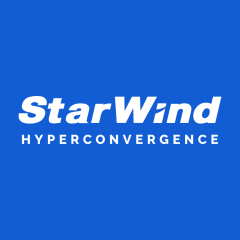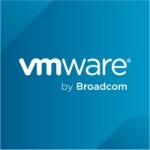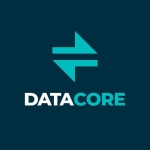What is our primary use case?
This solution replaced some old IBM DS 3400 SANs that we had for many years and we used it to build new, highly available storage. Most of our servers use Hyper-V, and this solution is the storage backbone for our Hyper-V Clusters.
What is most valuable?
We use the virtual SAN piece of the solution because we're not hyper-converged, so I value the highly available storage that all of my clustered servers can see and utilize.
What needs improvement?
I had an occasion last year where I needed emergency support from them, and the support we normally pay for didn't cover it. I had to buy upgraded support, which was not a problem, but it wasn't a prorated amount, so I paid for the support, the full upgrade, but I only got a couple of months out of it because it was only good until renewal time. That kind of thing should either be prorated or extended past the renewal time, so whenever you buy it, you get a year's worth of upgraded support. That's my only real problem with them. Otherwise, I think they're pretty good.
For how long have I used the solution?
I have been using this solution for five years.
What do I think about the stability of the solution?
The solution has been stable.
What do I think about the scalability of the solution?
The solution is scalable. The version I have has unlimited storage, so as long as I have the space in my servers to add storage, then the solution will support it.
How was the initial setup?
The initial setup was easy, but mainly because we didn't do it ourselves. We had the support team work through it with us when we set it up, and just by working with their support, we got everything up and running. Once we had the hardware set up and ready to go, it took a half a day or so to get everything configured with the install. Then, because of the size of our volumes, it took several days for them to sync, but we did the initial setup in a day.
Once the solution is set, you kind of forget about it because you don't need to touch it that often. Anytime I've needed to get back in there and add more volumes, or if I have any problems, I just call their support team, and we work through it together, so it's been pretty easy. I imagine if someone had to deal with it daily, it would probably be pretty easy to understand and work with, but we don't touch it that much.
What was our ROI?
ROI is difficult to quantify because we used this solution to replace really old IBM SAN hardware. We can do everything that we need to do with it, and I've had it five years and other than one time that I had to upgrade support, I've had to pay nothing extra. I consider the cost of ownership low, because anybody who has to have on-premises storage, especially if you want to be compliant with backups, needs something like this and I'm sure there's other solutions out there that do it, but this is what we chose and it's worked perfectly.
What's my experience with pricing, setup cost, and licensing?
I have the Enterprise version, which has unlimited storage, and we have two nodes, or two servers where all the storage is replicated to each other. For two nodes, it cost us $10,000, and we spend $2,000 a year on support. If you want higher tier support, that will cost a little more.
What other advice do I have?
To any who are considering this solution, I'd say that I've been really impressed with it so far. I think it's pretty great, actually. It does exactly what we need it to do, and it does it well, so I would recommend it. Plus, the support has been very good.
I would rate this solution as a nine out of ten.
Which deployment model are you using for this solution?
On-premises
Disclosure: My company does not have a business relationship with this vendor other than being a customer.

















